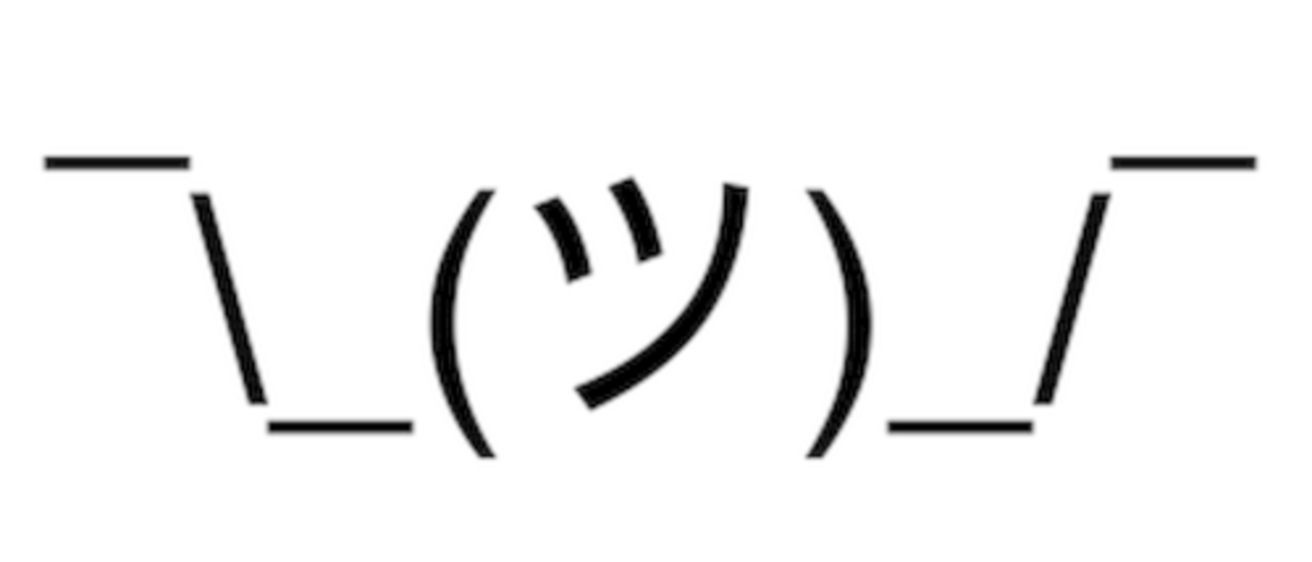Social media has become an increasingly powerful tool for businesses to build their brands, and a University of Iowa researcher is studying how some use language to do it well *high five* while others do it Just. Plain. Bad.

Andrea Luangrath, assistant professor of marketing in the Tippie College of Business, studies how brands use what she calls “textual paralanguage,” or the use of nonverbal communication in text, in social media interactions. Meaning and emotion normally conveyed with the voice or body are often translated into this paralanguage during online conversations.
“Face-to-face communication is rich with nonverbal behavior, including body language, eye contact, and tone of voice, and when people exchange written messages electronically, these elements have to be translated into text to be communicated,” Luangrath says.
Paralanguage can convey meaning that would normally be communicated, for instance, through physical contact (*high five*), voice (“ummmmm……”), or facial expressions and gestures (¯\_(ツ)_/¯).
“A good example of a message that conveys voice qualities is ‘Best. Sale. Ever.’” says Luangrath. “The rhythm of the message is indicated by the periods after each word.”
And then there are emojis, which Luangrath says are in the process of becoming so ubiquitous in online communication that one was chosen as the word of the year by the Oxford Dictionaries in 2015.
Luangrath says social media communication is becoming more important for brands as more studies show that it’s an effective way to build stronger relationships with consumers.
In a newly published study that she conducted as a doctoral student at the University of Wisconsin–Madison, Luangrath found that brands have been quick to utilize textual paralanguage in their social media presences. Her research team looked at thousands of social media posts from 22 corporate brands and found that 20.6 percent of brand tweets, 19.1 percent of Facebook posts, and 31.3 percent of Instagram posts contained textual paralanguage. She says voice qualities were utilized most frequently, while paralanguage meant to convey physical touch was used least frequently.
Luangrath says consumer products tend to be more casual in their social media interactions, while professional firms—banks or insurance companies, for instance—tend to be more formal.
“Too much paralanguage has the potential to impact perceptions of competence, so you don’t see many banks or law firms using it extensively,” she says. “But consumer goods, especially those that want to build a ‘sassy’ brand, are more lenient.”
Luangrath’s paper, “Textual Paralanguage and Its Implications for Marketing Communications,” was co-authored with Joann Peck of the University of Wisconsin–Madison and Victor Barger of the University of Wisconsin–Whitewater and is published in the current issue of the Journal of Consumer Psychology.
